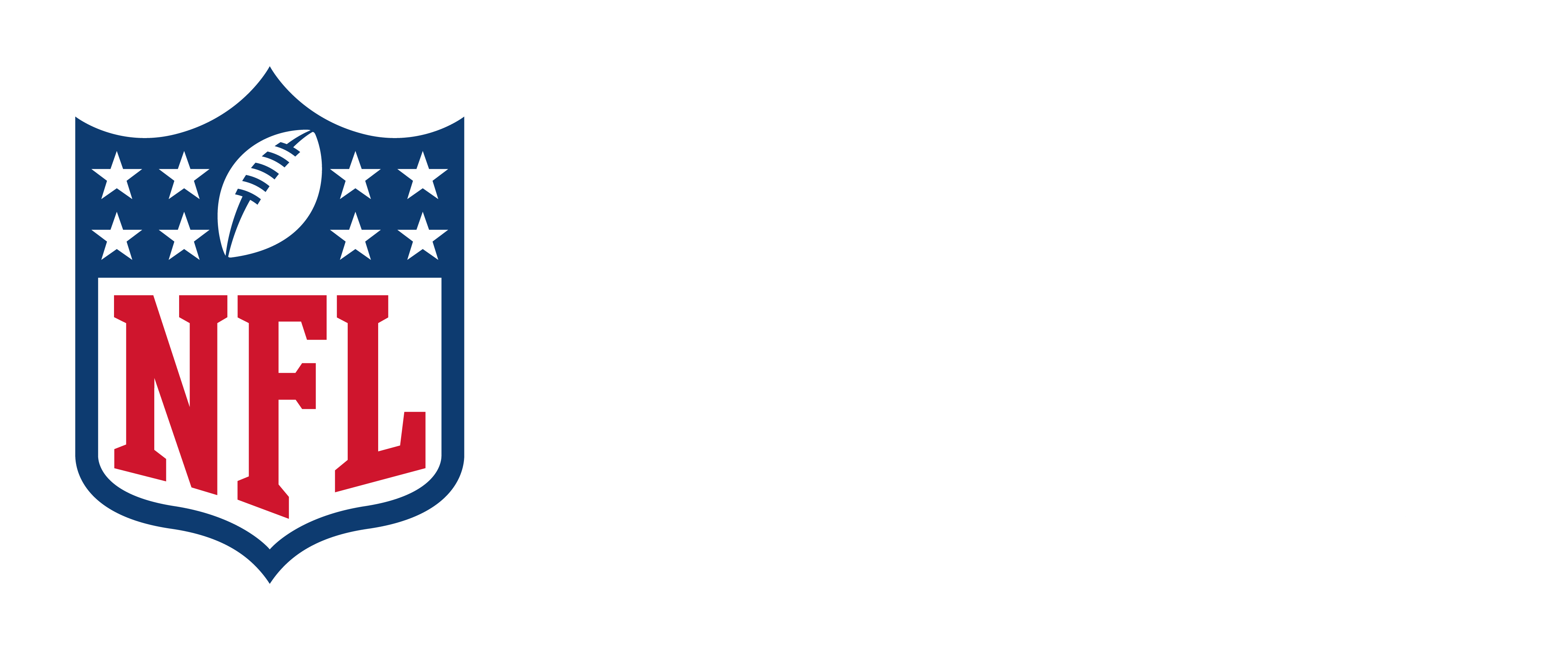New York, January 14, 2022 – The National Football League (NFL) and Amazon Web Services, Inc. (AWS), today announced the results of its artificial intelligence competition, which challenged data scientists to teach computers to automatically detect players involved in head impacts from NFL game footage. The groundbreaking new computer vision models further strengthen the already-robust data and insights at the heart of the NFL's effort to understand and reduce head injuries.
The NFL reviews game footage of all major injuries, analyzing each injury frame-by-frame from every angle, recording 150 different variables. The winners' models automate that process, making review more comprehensive, accurate and 83 times faster than a person conducting the analysis manually.
Insights from the data will be used to inform the NFL's injury reduction efforts, which include driving innovation in protective equipment design, safety-based rules changes and improvements to coaching and training strategies.
"The innovative ideas brought to this competition from data scientists around the world will be transformative, driving a staggering improvement in accuracy of computer vision models over just a three-month competition," said Jennifer Langton, SVP, NFL Player Health and Innovation. "The success of this challenge speaks to the power of the crowdsourcing model that the NFL has deployed over the last decade to drive innovation in player health and safety and we are thrilled to have had some of the brightest minds in data science from around the world working on our challenge."
More than 1,000 data analysts from 65 countries competed in the challenge and five winning models were awarded a total of $100,000. Kippei Matsuda from Osaka, Japan took the top prize of $50,000, followed by Takuya Ito from Tokyo, Japan who received $25,000. Third, fourth and fifth place finishers received $13,000, $7,000 and $5,000, respectively. The NFL gave data scientists access to NFL game data and challenged them to build on last season’s competition, which had crowdsourced models to detect helmet impacts from NFL game footage, to now be able to automatically identify the specific players involved in each helmet impact.
"This was the most exciting competition I've ever experienced," said first-place finisher Kippei Matsuda. "It's a very common task for computer vision to detect objects in 2D images, but this challenge required us to consider higher dimensional data such as the 3D location of players on the field. NFL videos are also fun to watch, which is very important since we need to see the data again and again during the competition. I would be honored if my AI can help improve the safety of NFL players."
These new computer vision models will also help the NFL and AWS continue to build the "Digital Athlete," a virtual representation of an NFL player that can be used to better predict and, eventually, help prevent player injury. By inputting the wealth of data produced by each NFL play, the Digital Athlete's algorithms can run infinite simulations of in-game scenarios to understand the impact on player health and safety. The Digital Athlete will ultimately help the NFL and its clubs to develop individualized training and recovery regimens, conduct real-time risk analysis for injury during games, and identify and evaluate additional player safety initiatives.
"AWS and the NFL are fostering an understanding of how to treat and rehabilitate injuries in the near term and eventually predict and prevent injuries in the future leveraging data," said Dr. Priya Ponnapalli, Senior Manager at the Amazon Machine Learning (ML) Solutions Lab. "New computer vision models developed in this challenge, and the hard work put in by all the teams involved, bring us steps closer to our goal and I couldn't be more thrilled to see how this work transforms the sport in the coming years."
About the NFL's Player Health and Safety Initiatives
The NFL is committed to advancing progress in the diagnosis, prevention and treatment of sports-related injuries. The league's approach to player health and safety is rooted in the collection and analysis of data to help guide its continuous efforts to understand and reduce injury, and protect players. Data and science are the foundation of the NFL's efforts to further enhance medical protocols, improve the way our game is taught and played, and stimulate the development of new and improved protective equipment, including helmets. For more information about the NFL's health and safety efforts, please visit www.NFL.com/PlayerHealthAndSafety.
About Amazon Web Services
For over 15 years, Amazon Web Services has been the world's most comprehensive and broadly adopted cloud offering. AWS has been continually expanding its services to support virtually any cloud workload, and it now has more than 200 fully featured services for compute, storage, databases, networking, analytics, machine learning and artificial intelligence (AI), Internet of Things (IoT), mobile, security, hybrid, virtual and augmented reality (VR and AR), media, and application development, deployment, and management from 84 Availability Zones within 26 geographic regions, with announced plans for 24 more Availability Zones and eight more AWS Regions in Australia, Canada, India, Israel, New Zealand, Spain, Switzerland, and the United Arab Emirates. Millions of customers—including the fastest-growing startups, largest enterprises, and leading government agencies—trust AWS to power their infrastructure, become more agile, and lower costs. To learn more about AWS, visit .












